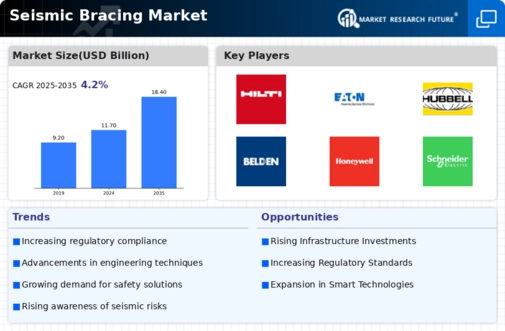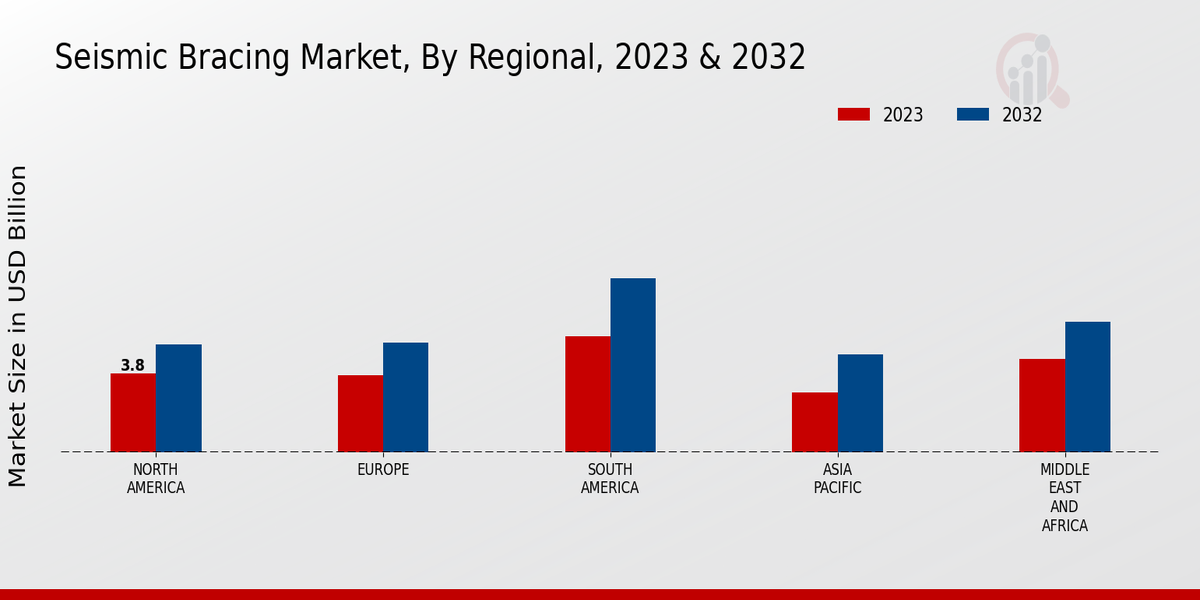Major players in Seismic Bracing Market are focused on developing innovative and cost-effective solutions for a wide range of applications. Leading Seismic Bracing Market players are investing heavily in research and development to enhance the performance and durability of their products. These companies are also actively involved in strategic partnerships and collaborations to gain access to advanced technologies and expand their market reach.
The Seismic Bracing Market industry is highly competitive, characterized by intense rivalry among established players and emerging entrants. To stay ahead in the competition, leading players are adopting various strategies such as product diversification, geographical expansion, and mergers and acquisitions. The Seismic Bracing Market development is driven by increasing demand from the construction sector, rising awareness about seismic safety, and stringent government regulations.
The competitive landscape of the Seismic Bracing Market is likely to remain dynamic, with players focusing on technological advancements and strategic partnerships to strengthen their position in the market. Hilti Group is a major player in the Seismic Bracing Market, known for its high-quality and technologically advanced seismic bracing solutions. The company has a strong presence, with operations in over 120 countries. Hilti Group offers a comprehensive range of seismic bracing products, including anchors, brackets, and connectors, designed to meet the specific requirements of various construction projects.
The company's products comply with international standards and are widely used in residential, commercial, and industrial buildings. Hilti Group is committed to innovation and sustainability, and it invests heavily in research and development to enhance the performance and safety of its seismic bracing systems.Simpson Strong-Tie is another leading competitor in the Seismic Bracing Market. The company has a long history of innovation in the design and manufacturing of seismic bracing solutions. Simpson Strong-Tie offers a wide variety of products, including hold-downs, shear walls, and moment frames, to meet the diverse needs of the construction industry.
The company's products are known for their durability, reliability, and ease of installation. Simpson Strong-Tie has a strong presence in North America, Europe, and Asia, and it continues to expand its footprint through strategic partnerships and acquisitions. The company is committed to providing high-quality seismic bracing solutions that meet the evolving needs of the construction industry.
























Leave a Comment